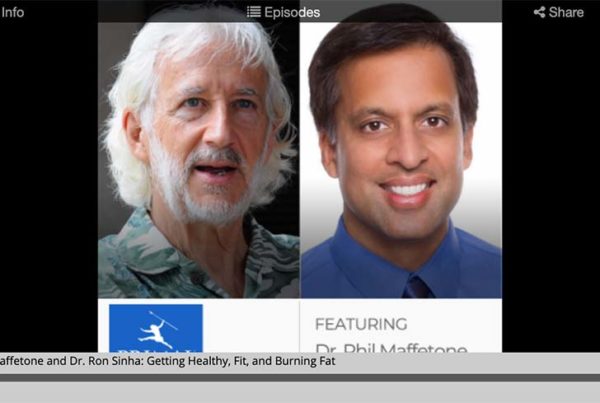
At the root of this newly defined eating disorder are misconceptions about what exactly is healthy and what is not.
Almost all disordered eating is associated with various food-quantity issues or phobias about certain macronutrients such as fat, but a recent term has surfaced that is associated with food quality — orthorexia nervosa.
In clinical terms, orthorexia nervosa refers to people who are obsessed with eating healthy food with an unhealthy outcome. However, the term is often improperly used in a more general way on blogs and social media, and even in newspapers and magazines, being applied to anyone who carefully chooses to eat only healthy food. Obviously this is a case of disordered terminology or syntax, rather than an accurate characterization of disordered eating.
Orthorexia nervosa, from the Greek, translates informally to mean an obsession with food. The term may have first appeared in a 1997 article in a yoga magazine as a quote from Dr. Steven Bratman.
Orthorexia is not an official diagnosis in the Diagnostic and Statistical Manual of Mental Disorders, and not recognized as an eating disorder by the American Psychiatric Association. The term is starting to appear in published scientific journals but without consensus of its meaning. The prevailing discussions by clinicians and scientists is that orthorexia nervosa is an eating disorder associated with fanatical behavior regarding food quality, and a true obsession leading to an unhealthy outcome. However, in this context, it has not been applied to those who are self-conscious, cautious, and careful to avoid pathogenic eating.
So when and if the term is accepted into scientific circles, it will be used to describe a form of disordered eating that includes abnormal behavior that is potentially harmful, but not applicable to those people with a passion for choosing healthy food over pathogenic food.
Whether people are aware of it or not, disordered eating is a frustrating condition. It usually does not result in any true success, but often leads to excess stress or even depression, conditions people are more easily aware of.
A disorder means there’s some physical, biochemical, or mental-emotional problem, typically a combination. Depending on the seriousness of the disorder, correcting it may be accomplished by the individual through natural means or with the help of a healthcare professional. The first step, of course, is for the individual to understand that there is a genuine problem, and he or she has the desire to remedy it.
See my previous articles on disordered eating, part 1 and part 2.
The spectrum of disordered eating is wide, going from mild, almost unnoticeable problems — subclinical disordered eating — to the serious more recognized clinical conditions.
Subclinical Disordered Eating
As noted above, those with eating and food problems who don’t neatly fit into the criteria for named conditions are classified as having a subclinical eating disorder. This condition may exist early in life — during adolescence or even younger — with at least three possible outcomes:
- The problem precedes a more serious well-defined clinical mental illness.
- The condition remains a less-defined subclinical problem
- The problem is resolved.
For those people with a subclinical eating disorder, it may not be recognized as a problem. While many unhealthy attitudes about food may be considered “normal” for athletes or those on a diet, some experts still consider this condition to be a risk factor for more serious clinical eating disorders.
Clinical Disordered Eating
Disordered eating is a complex issue which I’ve discussed previously, but in review here are the diagnostic criteria for the two most common clinical disorders:
- In the case of anorexia nervosa, the criteria include a refusal to maintain body weight at healthy levels, an abnormal fear of gaining weight or body fat, a disturbed image of one’s body, and the denial of the seriousness of one’s condition. In females this may also include amenorrhea (the absence of menstrual bleeding) or oligomenorrhea (a menstrual cycle between 35 and 90 days), and in younger adolescents, delayed menarche (onset of first period). These patients are classified into the food-restricting type or the binge-eating/purging type.
- The criteria for the diagnosis of bulimia nervosa include recurrent episodes of binge eating (quickly eating large amounts of food) followed by vomiting (purging), which leads to more binge eating. The classification includes the purging and non-purging type.
Today there are many fad diets ranging from the “caveman diet” and people who do not eat plant foods at all, to vegetarians and vegans, and even “fruitarians,” who only eat raw fruits. Perhaps the ultimate is breatharianism, which advocates not eating at all. Do these qualify as orthorexia?
I’ll let you decide, but clearly choosing to eat truly healthy foods in proper amounts and proportion is not extreme, and has zero potential to harm one’s health. Of course avoiding all junk food, including those made with processed grains and sugar is not orthorexic behavior.








